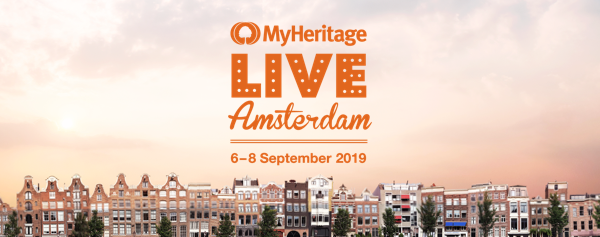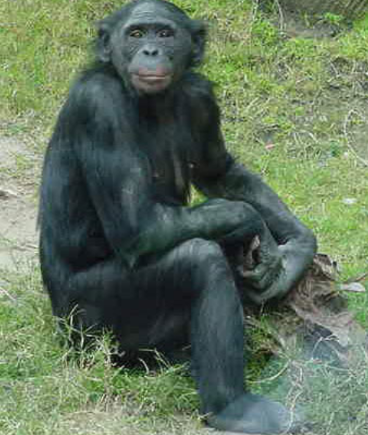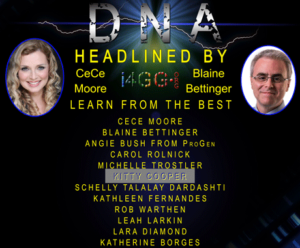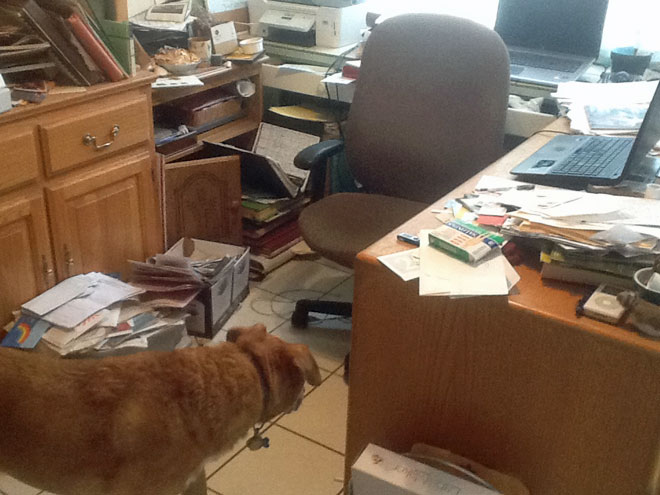These days too many media outlets seem to go for sensationalism rather than facts, but not usually PBS. I watch their news hour every night and expect it to have thoughtful, in depth reporting, unlike the sound bites from many other news shows.
Thursday night’s piece on the privacy issues from DNA testing was a travesty. This misleading headline on their web site about that segment is not what I have come to expect from PBS – “Genetic genealogy can help solve cold cases. It can also accuse the wrong person.”
No, genetic genealogy does not put the wrong people behind bars. Autosomal DNA is just a very accurate tip that points police to a person or family. In order to make an arrest they next collect the suspect’s DNA from discarded items to see if it is a match to the crime scene DNA. It is those results they take to court, not the genetic genealogy theory.
The wrong person accused scenario that they refer to happened several years ago from using Y DNA, not the full autosomal DNA currently used by genetic genealogists. PBS interviewed Michael Usry about his experience of being suspected of a horrific murder because his Y matched the crime scene and even he suggested that it was not such a bad thing to catch murderers and rapists by using the DNA of their cousins. Click here for an article from 2015 about the Michael Usry case that explains what happened back then.
Note that the Y is only one of 46 chromosomes (in 23 pairs but Y pairs with X) and it is the only one which changes extremely slowly. Therefore can reach back many hundreds of years. For example I have a cousin who has a perfect Y match with a 5th cousin where their common ancestor lived in the 1600s. So clearly, the Y is just not useful for law enforcement searches.
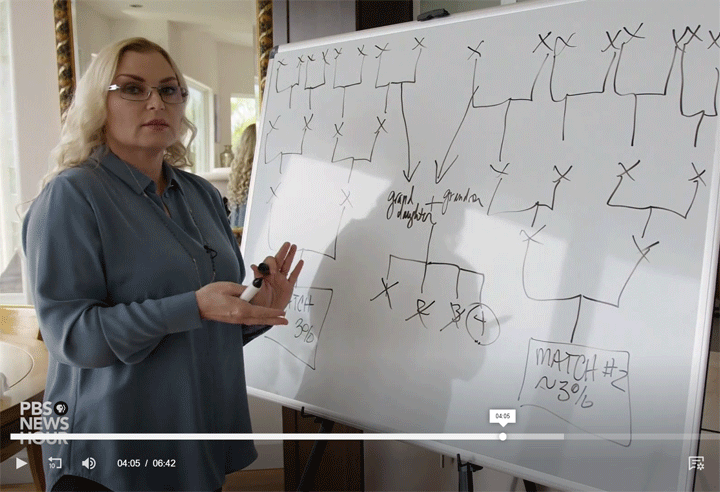
CeCe Moore explaining how autosomal DNA led to a killer – screenshot from PBS News Hour Wednesday Nov 6
Wednesday night’s episode (click here) did a wonderful job of explaining how autosomal DNA is used to solve cold cases. PBS interviewed both famous genetic genealogist Cece Moore and Curtis Rogers, the founder of GEDmatch. I even made my husband watch it so he could better understand what I do when I help people with their DNA results. He enjoyed it.
So I was expecting Thursday’s follow up episode on genetic privacy to explain to me why so many people are worried about this issue. Personally if any of my cousins are violent criminals I am happy to out them, but I get that people did not expect this use when they uploaded to genealogy sites, so their permission is needed.
Instead Thursday’s show was highly inaccurate. So I wrote this blog post… will I cancel my PBS membership? We will see.
UPDATE 8-Nov-2019: A number of readers have pointed out the glaring innacuracy of the November 7 episode claiming “that Brian Dripps had been convicted of killing Angie Dodge and is serving a life sentence” when in fact the case has not even gone to trial yet. Although he confessed, he is now pleading not guilty. A recent non-sensationalist summary of that case is here: https://www.ishinews.com/events/unraveling-the-twisted-case-of-angie-dodge/
UPDATE 9-Nov-2019: The PBS NewsHour has corrected the Brian Dripps statement in November 7 episode on their website and also retracted the incorrect information towards the end of their November 8 episode.
